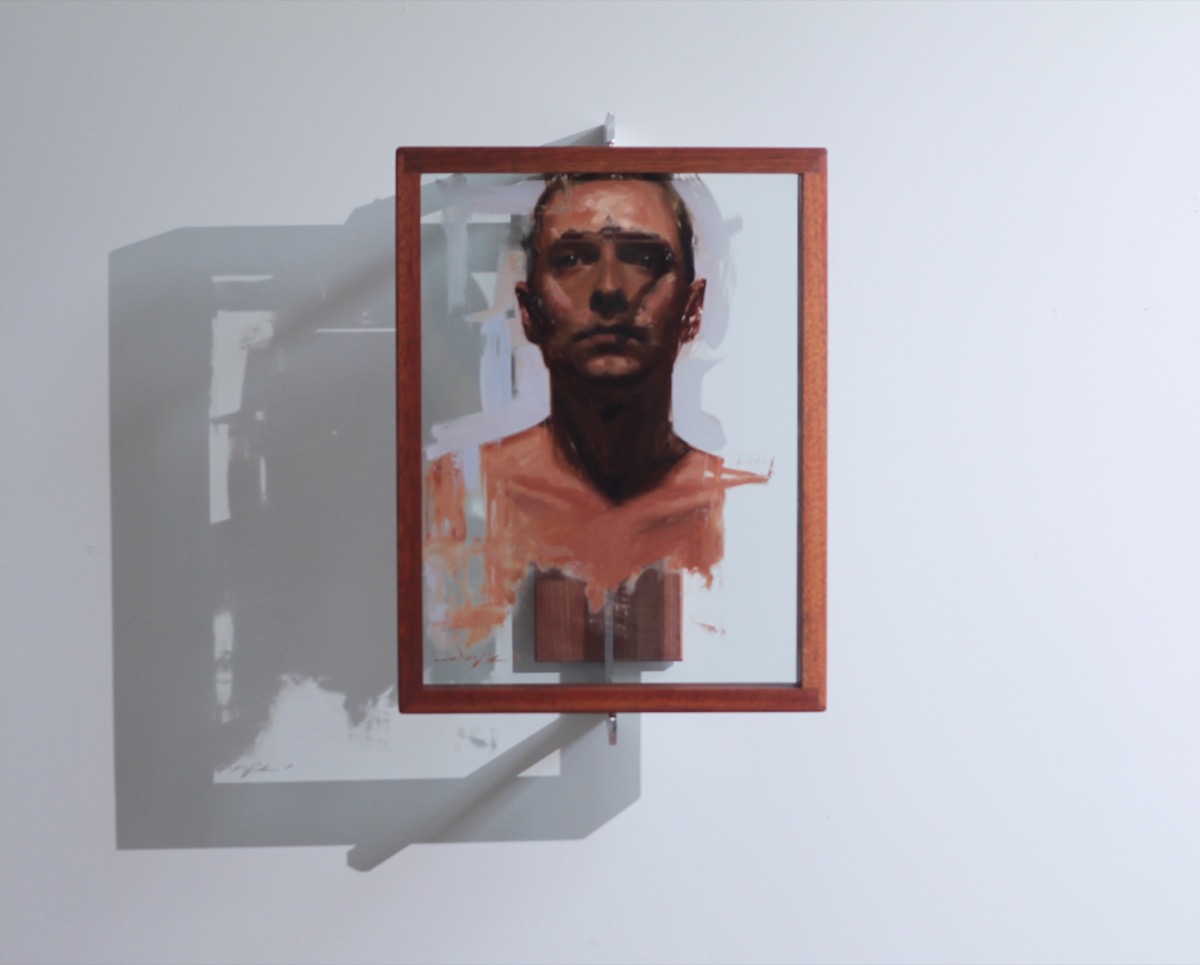
David Bruce McLeod is a painter and materials artist whose work explores identity, perception, and the human psyche through innovative techniques in oil on glass and contemporary materials. His practice challenges traditional notions of portraiture by creating multilayered works that reveal the complex nature of consciousness and self.
Working primarily with oil paint on tempered glass, McLeod develops images that exist in multiple dimensions simultaneously. The transparency of glass allows him to build layers of meaning, creating portraits that shift and transform as viewers move around them, mirroring the fluid nature of identity itself.
McLeod strives with each painting to find the convergence of excellence, accessibility, and provocation. It is, he believes, the best way to not only say something but also be heard.


